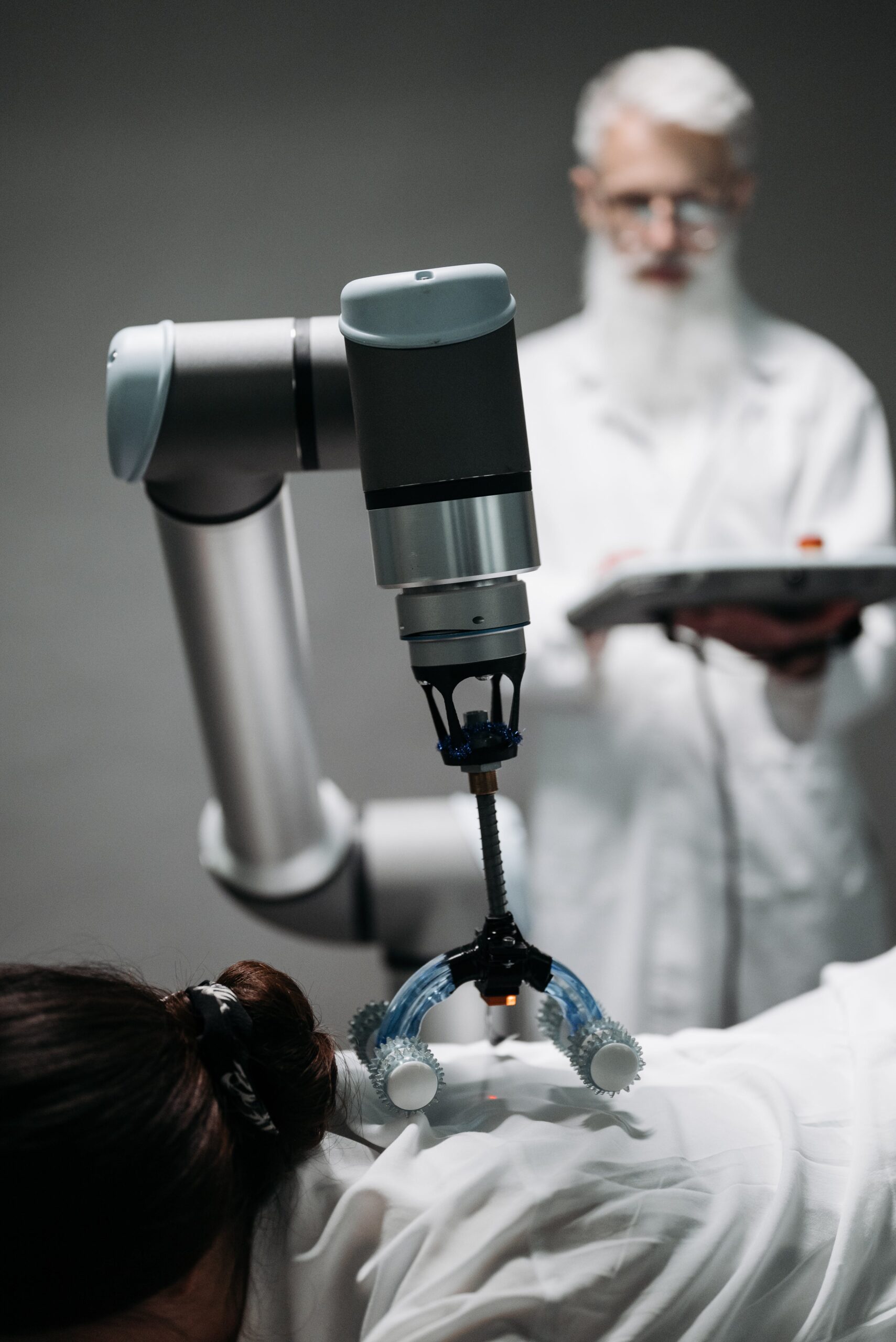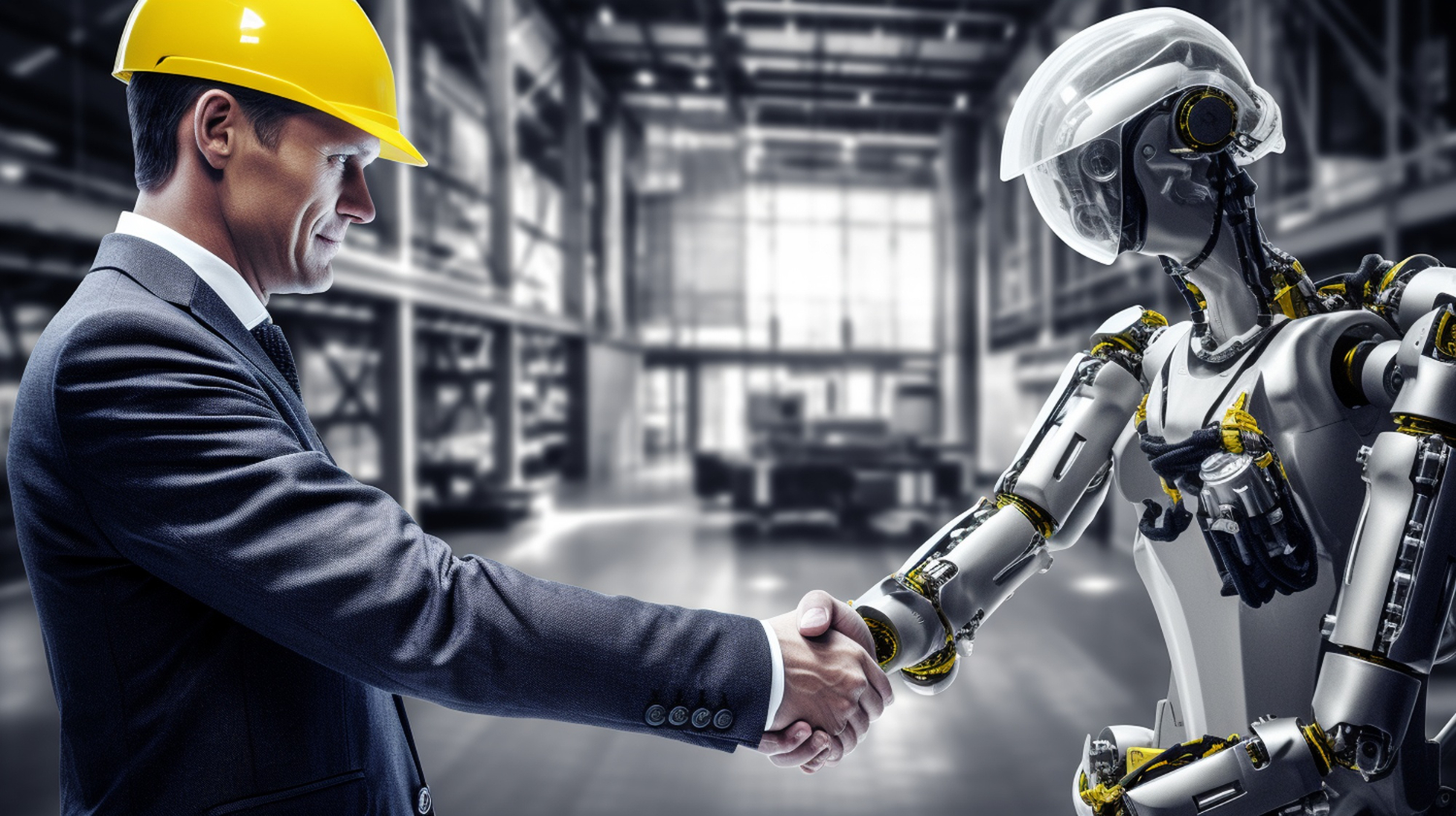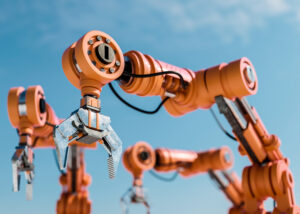Introduction to Robots and Cobots
Robots and cobots, the latest automation innovations, are changing industries worldwide. Programming machines, or robots, perform tasks freely, increasing productivity in industries such as manufacturing and healthcare.
Cobots, a subgroup, work with humans to create safer work environments. These clever devices, outfitted with sensors and new technology, can adapt to changing workplaces. Robots and cobot’s automate processes, reduce human workload, and encourage innovation across industries.
They predict a future in which human-machine collaboration marks the beginning of an era of production and technical advancement.
1. What is Robots?
Semi-autonomous or autonomous robots, commonly referred to as robotic gadgets, duplicate or replace human workers.
These robots, which are commonly used for production and heavy-duty industries, have sensors, actuators, and a control system to guarantee that tasks are completed efficiently.

2. What is CoBots?
These, also known as collaborative robots, represent a modern concept in automation. Unlike the conventional robots they replace, they are designed to collaborate and operate smoothly with humans.
Their design features modern sensors and visual systems.Safety aspects enable a safe and effective relationship with humans.

3. Key Differences of robots and cobots
3.1. Collaboration vs Automation of Robots and Cobots:
Robots: Robots are mainly constructed for automation and function in remote locations, with the goal of replacing or replicating human tasks without involvement from humans.
COBOTS: These grow in collaborative offices because they value collaboration and actively work with humans to create a peaceful environment.
3.2. Safety Features of Robots and Cobots:
Robots: Because of the possible hazard in close contact to humans, security measures or restricted access are frequently required.
COBOTS: Advanced safety features such as force-limiting sensors and speed-reduction algorithms allow safe collaboration without the use of physical limits.
3.3. Programming and Flexibility of Robots and Cobots:
Robots: Heavy coding and specific skills in programming are often required for repetitive work in controlled situations.
COBOTS: Known for user-friendly interfaces and easy programming, which allow those with no expertise to teach themselves new jobs. Because of their adaptability, they are able to deal with changing workplace conditions.
3.4. Application Areas of robots and cobots
Robots: accuracy, speed, and regularity are highly valued in heavy industries, automotive assembly lines, and manufacturing.
COBOTS: These are used for healthcare, electronics assembly, and SMEs, are best designed for activities that need strength, adaptability, and a high level of engagement.
3.5. Human-centered Design of Robots and Cobots:
Robots: Primarily wanted for accuracy and speed, with little regard for human connection.
Cobots: Focus human-centered design, taking security and comfort into account, and develop interfaces that are simple to use even for those who are not experts
3.6. Adaptability to Change of Robots and Cobots:
Robots: Suitable for stable and predictable situations, but require training to meet changing production requirements.
Cobots: Excel in unpredictable circumstances, with easy reprogramming to adjust to new jobs and changing production demands.
3.7. Task Complexity:
Robots: Suitable for repetitive, highly structured operations that require accuracy.
Cobots: Adaptable to activities that need decision-making, change, and a higher level of complexity.
3.8. Return on Investment (ROI) :
Robots: Frequently require a significant first expenditure with an extended return on investment term due to implementation and maintenance costs.
COBOTS: Offer faster installation, user-friendly interfaces, and adaptability, resulting in a quicker return on investment, making them attractive to enterprises of all sizes.
Finally
As companies implement automation, the collaboration of robotics and cobot’s emerges as a critical aspect in optimizing processes.
The future of work is dependent on choosing the correct technology for individual use cases, which requires a harmonic balance of human and machine skills.
Understanding the differences between robots and cobot’s is crucial for firms wanting increased efficiency, safety, and long-term production across a variety of industries.
Related Posts
1. What is an ( AGVs) automated guided vehicle?
2. Advantages and disadvantages of humanoid robots
3. Why are robots better at doing repetitive tasks than humans?
4. Where are articulated robots used the most?





